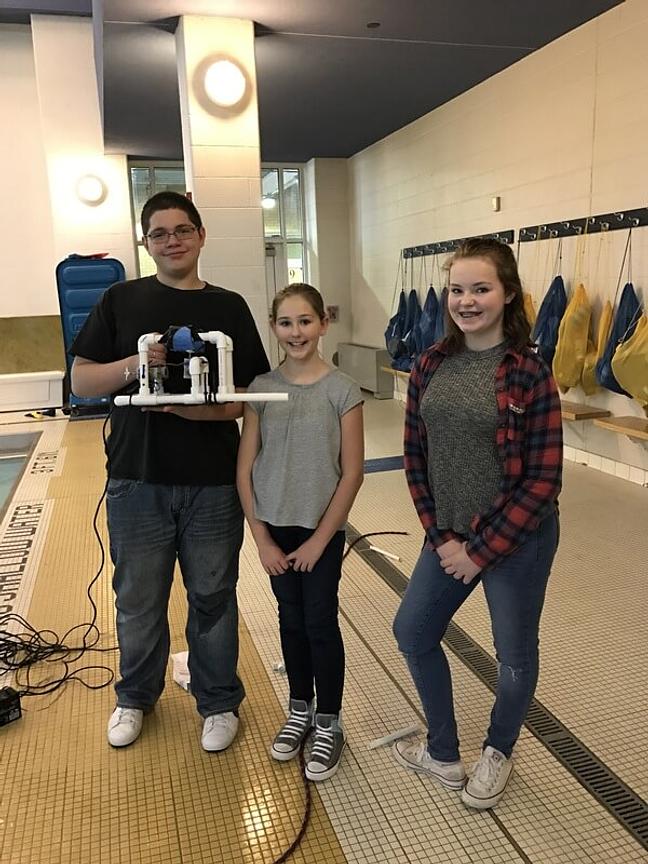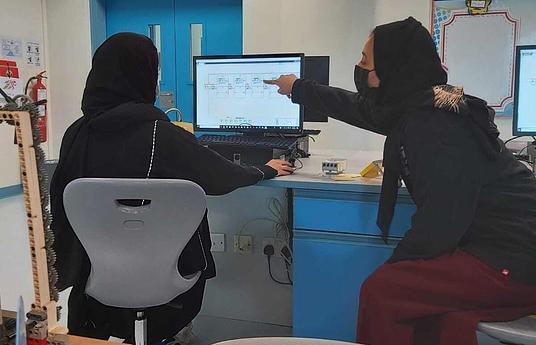Almost every educator has heard of STEM and integrates these principles into their lesson pedagogy. STEM projects, like the Underwater Rover project, increases student engagement and encourage the development of real-world skills like collaboration, problem-solving, communication, perseverance, and career connections.
Involving students in an underwater rover project ignites their primal curiosity and satiates their innate desire for learning. Students become deeply invested in this project as they learn about the real-world applications and investigate the scientific principles behind the project. Ben Mardell, a researcher at Harvard University, reports that, "Kids learn through their senses," and "they like to touch and manipulate things." Most teachers and administrators will agree that when you combine activities that require movement, talking, and listening, it activates multiple areas of the brain at the same time increasing retention rates.
Underwater rover kits are purchased from a retailer or comprised from materials that schools have on hand or can obtain easily. Students learn about the Engineering Design Process, review vocabulary terms, and learn the importance of underwater rovers before building a real underwater rover! As a culminating event, students compete in the Underwater Rover Olympics.
The underwater rover project connects to many of the Common Core Math and English Language Arts Standards along with the Next Generation Science Standards. In addition, this project has many STEM career connections for students. The White House issued a press release in 2012 that stated, "The United States will need approximately 1 million more STEM professionals than are projected to graduate over the next decade."
Personally, I came across the idea of Underwater Rovers a few year ago while perusing the Internet for real-world STEM projects for my students. We had done a lot with STEM building challenges, but most of them were one day activities that lacked cohesiveness and my students were becoming complacent and their interest in STEM was beginning to fade. As John Dewey stated, "If we teach today's as we taught yesterday's, we rob them of tomorrow."
My middle school gifted students were itching for something more challenging and comprehensive. The underwater rover project is just what they needed! Their attitudes towards STEM have completely changed through this project. They see the value in this project because of the real-world connections. The students can enthusiastically answer the questions: "How does this project connect to the real world?" and "Why are we doing this?" I have noticed an increase in their work ethic because they see the connection to their future career interests. They are more willing to work hard because they are invested in this project and can see the benefits of working through a project like this.
The National Assessment of Educational Progress reported that teachers who implement hands-on learning projects in their classrooms out-perform their peers by more than 70% of a grade level in math and 40% of a grade level in science (U.S. Department of Education, 1999).
Check out the Steps and Posts below for tips and resources for introducing underwater rovers into your classroom.



